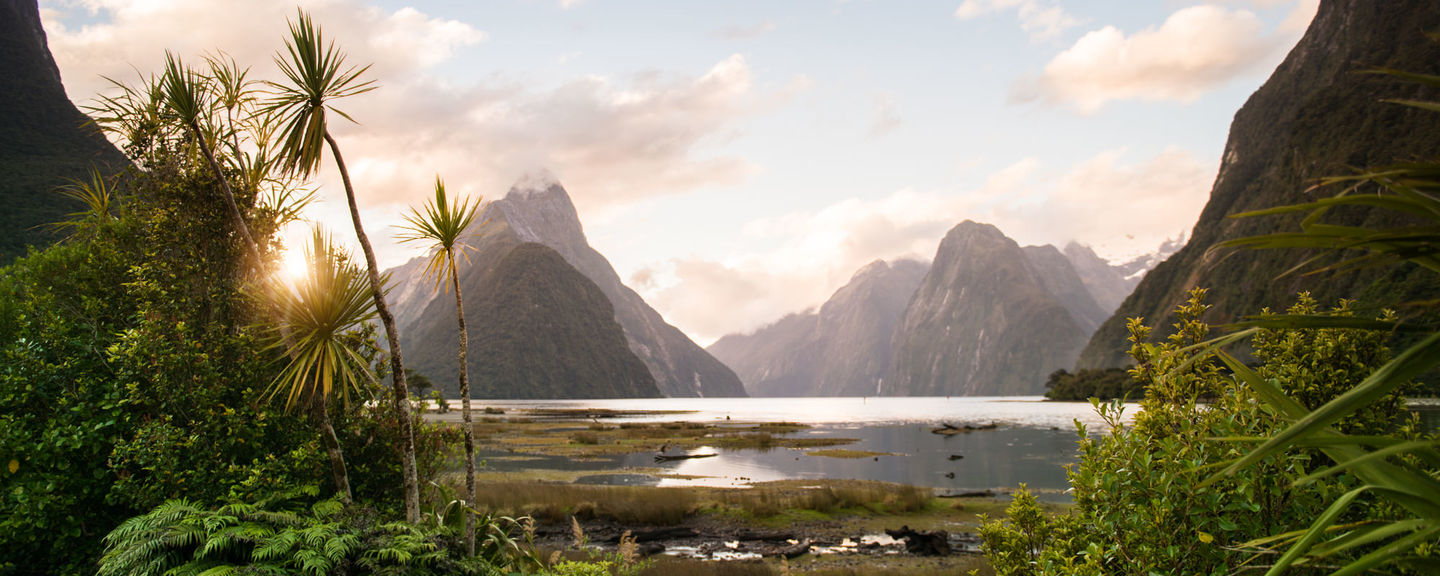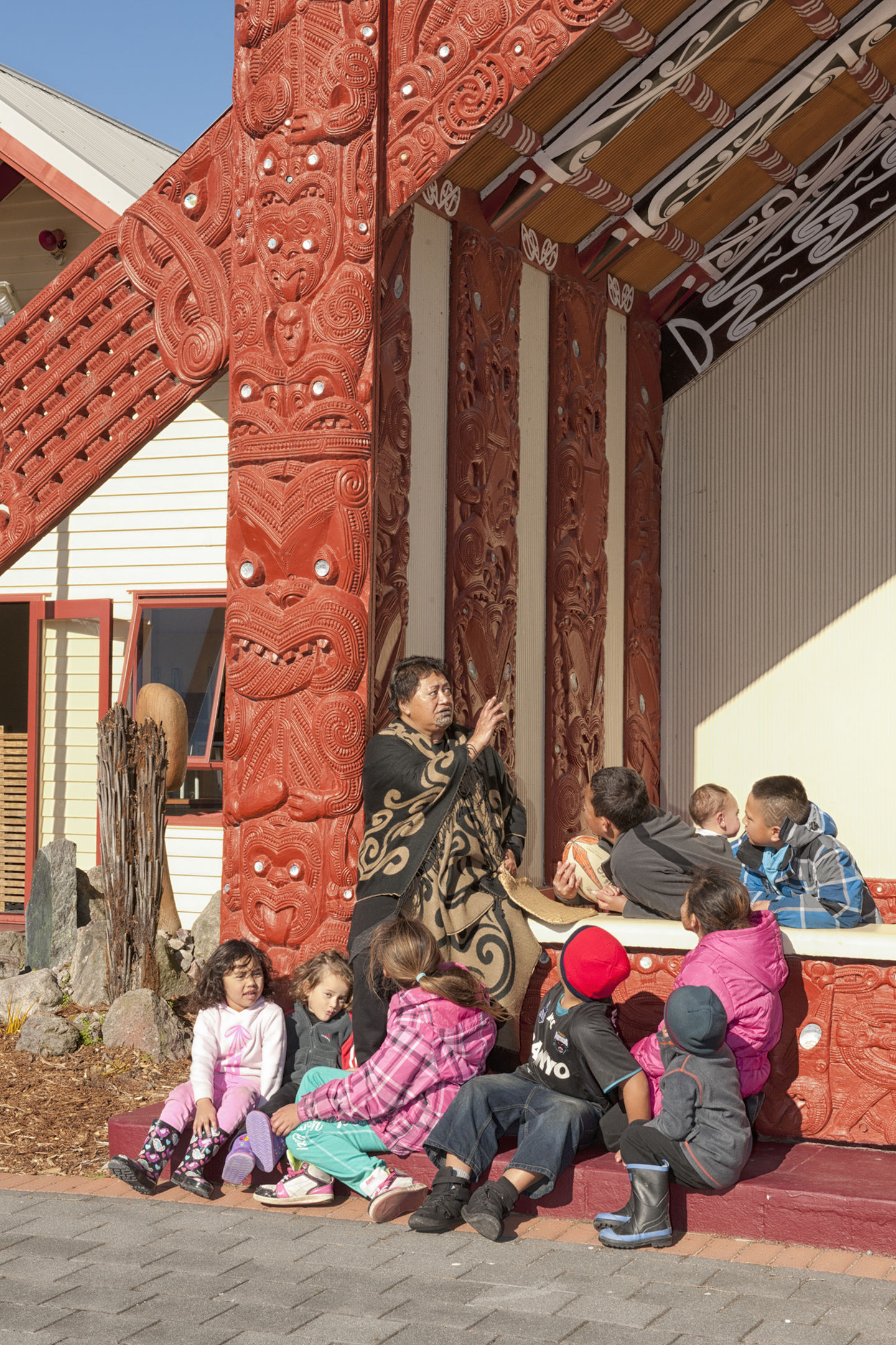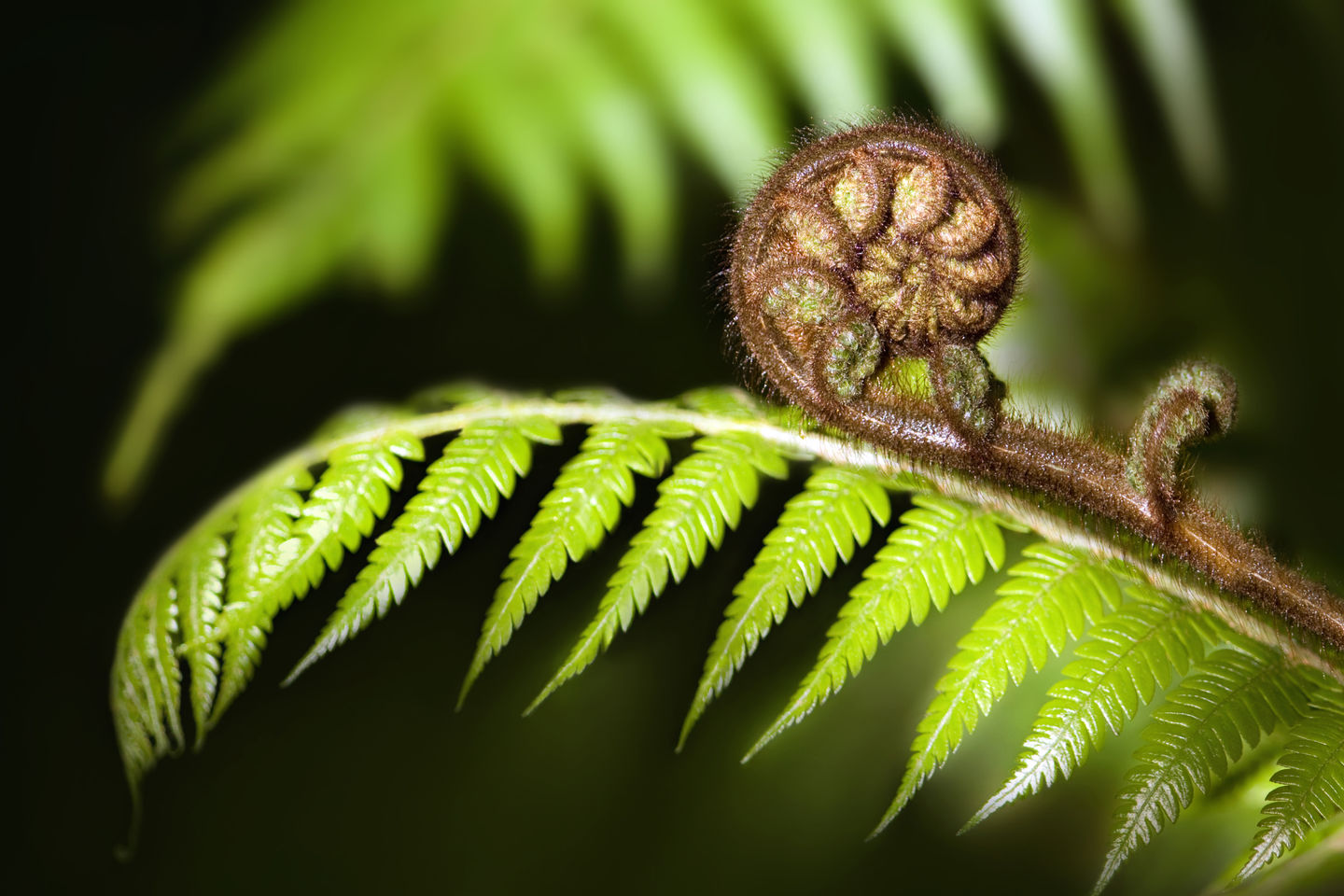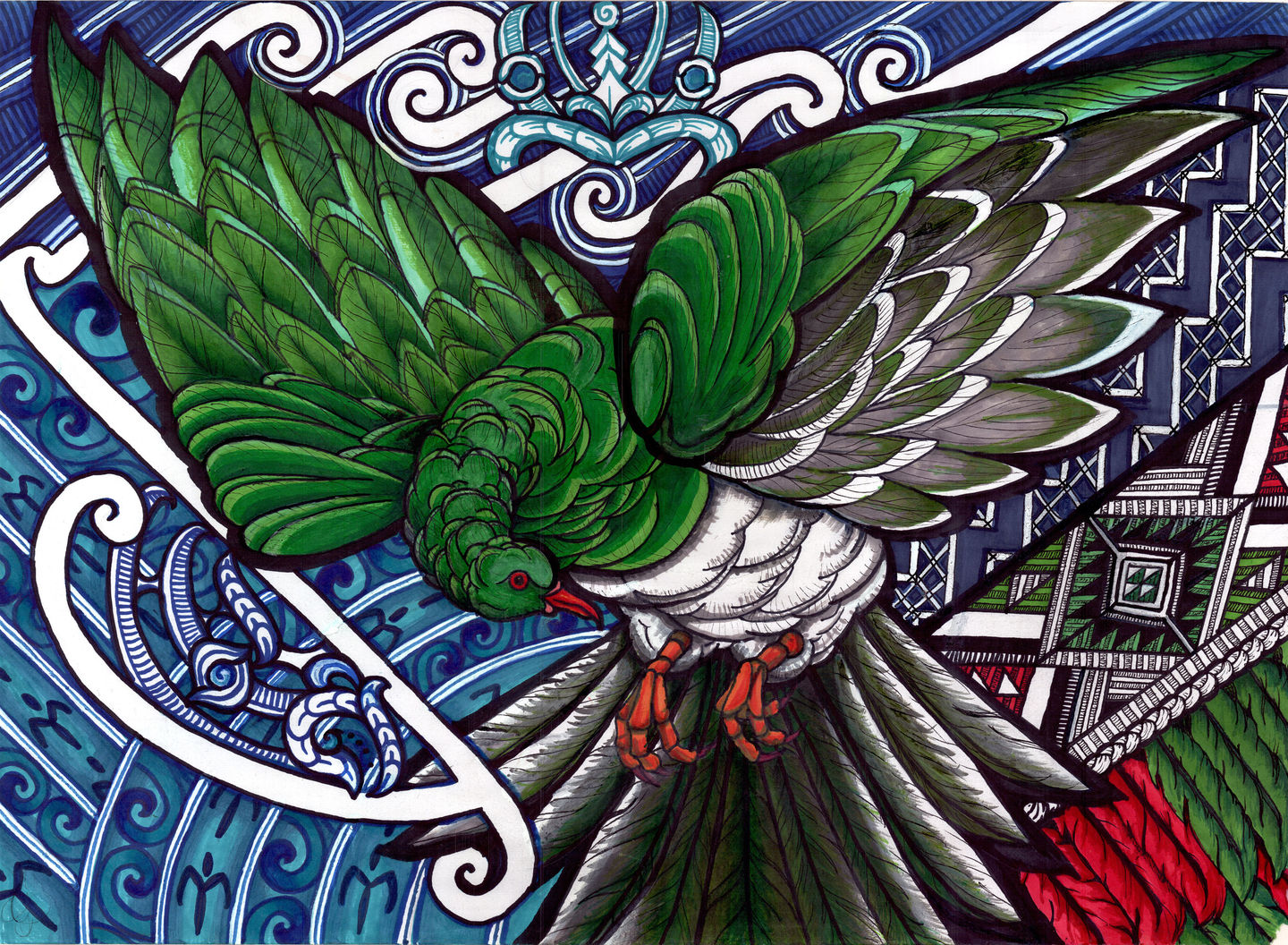Kaitiakitanga

Ko te whenua te waiu mo nga uri whakatipu
The land will provide sustenance for future generations
The traditional concept of kaitiakitanga is part of a complex, social, cultural, economic and spiritual system that has been established through long association of iwi and hapū with land and waters. To understand kaitiakitanga is to have an understanding of a Māori world view of relating to the world around us.
Kaitiakitanga has been described as guardianship or protection. The basic meaning of ‘tiaki’ is to guard, but depending on the context in which it is used, it also means to preserve, keep, conserve, nurture, protect and watch over. The prefix ‘kai’ with the verb ‘tiaki’ denotes the agent of the action of ‘tiaki’. Therefore, a kaitiaki is a guardian, keeper, preserver, conservator or protector. The addition of ‘tanga’ denotes preservation, conservation and protection.
Kaitiakitanga is based on traditional Māori world views and includes the conservation, replenishment and sustainability of the environment. It is about safeguarding the future.

A Māori world view
Traditional concepts of kaitiakitanga include a deep relationship between the spiritual realm, humans and the natural world. The spiritual powers (the children of Ranginui and Papatūānuku) are the kaitiaki of their respective realms. For example, Tangaroa is the kaitiaki of the water, seas and lakes, birds, trees and plants. A kaitiaki is also described as a tribal guardian who could have been of a spiritual nature, such as those left behind by deceased ancestors to watch over descendants and to protect sacred places (wahi tapu). There are many representations of kaitiaki, but the most common ones are animals, birds, insects and fish – including freshwater fish. In many cases, taniwha are the guardians of waterways or specific areas, and their role is one of protection.
To understand the world, humans must understand relationships between themselves and the environment in which they live. People are part of the environment – not superior to it. The condition or health of the people and the environment are intricately related. The saying ‘Ko ahau te awa, ko te awako ahau’ (I am the river, the river is me) depicts the relationship between people and the environment. Therefore, if a river is polluted, there is something not right with the people (and vice versa).
The role of the assistants or kaitiaki is called kaitiakitanga. Kaitiakitanga involves the protection or guardianship of Papatūānuku and the organisms on her. Māori believe that whoever holds the mana whenua is responsible for it. These are the tangata whenua (people of the land). Tangata whenua have authority in a particular place because of their ancestors’ relationship to it.

Preserving the mauri of the land
A kaitiaki would ensure that the mauri (life force) of a taonga is healthy and strong. Since arriving in New Zealand, Māori acquired a wealth of detailed knowledge as they sought to maintain the mauri of the land. This knowledge of the land, its resources and its inhabitants – mātauranga Māori – was passed on from generation to generation. It includes a complex analysis of the mauri of the land over time. It enables future generations to draw on traditional knowledge when confronted with actual or proposed changes in the environment.

Kaitiakitanga today
Interest in kaitiakitanga is growing today. It is seen as a vehicle for applying ideas about preservation, conservation, repair and utilisation of environments for the present and future generations. Kaitiakitanga invites people to form and maintain relationships with the environment in which they live. Iwi and hapū are restoring their environment and culture and using traditional ideas about kaitiakitanga in the modern world.
The responsibilities of kaitiaki include:
- protecting and upholding the mana of the local Māori people – the act of kaitiakitanga is a direct expression of their tino rangatiratanga or absolute authority
- assuring the sustainability of taonga (treasures), which includes all natural resources
- protecting the delicate balance of ecosystems
- assuring that kaimoana (seafood) and other kai (food) sources will be available for future generations
- planning commercial developments with iwi (local tribes) and Māori leaders who favour harmony within the community and who want to work and move as one
- developing educational programmes to explain the interrelatedness between taonga (such as seabeds, lands, foreshores, water, air, animals and human beings) and how the degradation of one aspect of taonga can seriously affect others.